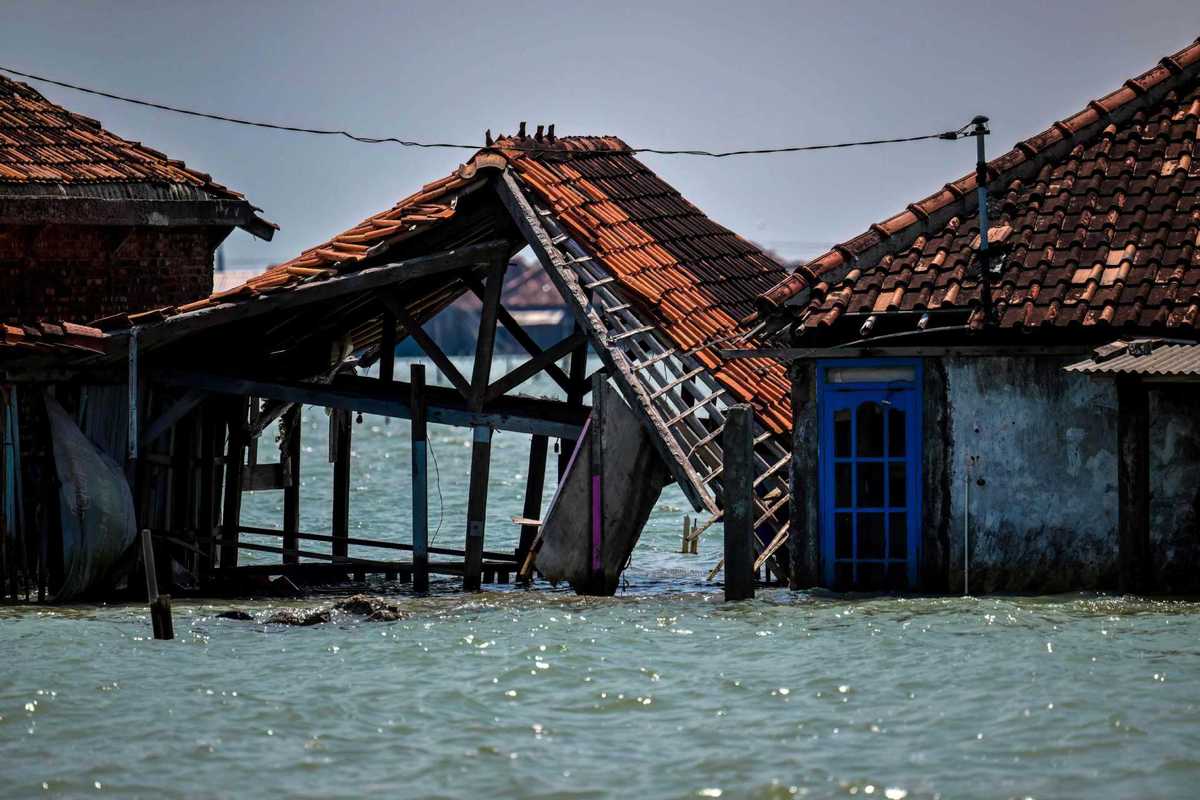Holding back the tide
Indonesia's plan to build giant seawall for sinking land raised discussions


Bedono residents, like village chief Muhammad Syarif, currently elevate their homes with clay soil but say a seawall is "very much needed" to avert disaster.
"It is the right solution because the coastline needs wave management," he said.
Indonesian President Prabowo Subianto has called for Asian and Middle Eastern investment, but funding remains uncertain.
He inaugurated a new agency to oversee the project. "I don't know which president will finish it, but we will start it," Prabowo said in June.
Seawalls and other coastal fortifications have been used globally to protect against damaging tides.
In Japan, fortress-like barriers were installed in some places after the 2011 earthquakes and tsunami, while the Netherlands relies on a system of hill-like dikes to stay dry.
Such fortifications absorb and deflect wave energy, protecting coastal infrastructure and populations.
But Indonesia's needs are urgent, with 1 to 20 centimeters of land disappearing along Java's northern coast each year.
Large areas will vanish by 2100 on the current climate change trajectory, according to environmental nonprofit Climate Central.
The fortifications can also have negative consequences, destroying beaches, pushing erosion seaward, and disrupting ecosystems and fishing communities.
In places like Puerto Rico and New Caledonia, seawalls have collapsed under the constant beat of waves, which also erode sand below.
"They come at considerable environmental and social cost," said Melanie Bishop, professor at Australia's Macquarie University.
"Their construction leads to loss of shoreline habitat and they impede movement of both animals and people between land and sea," the coastal ecologist said.
























